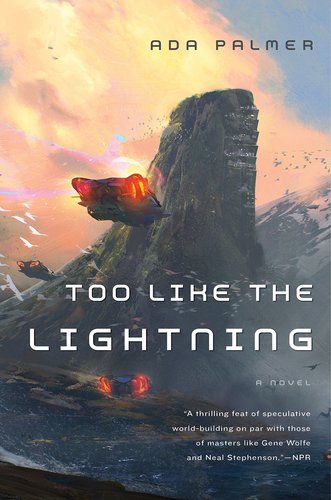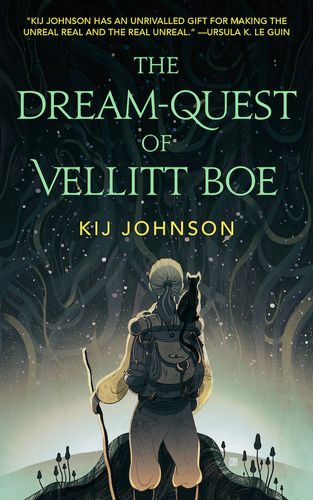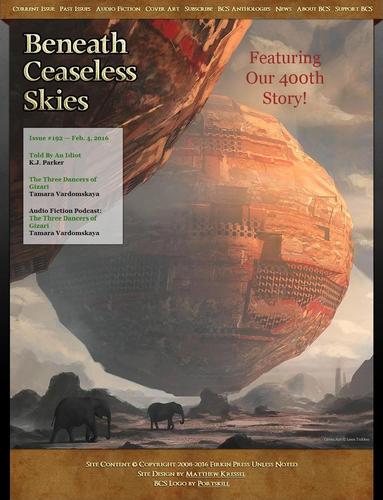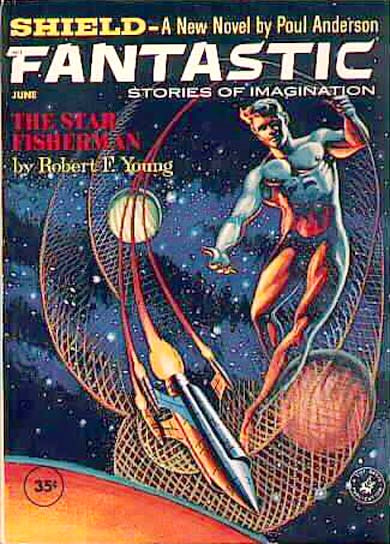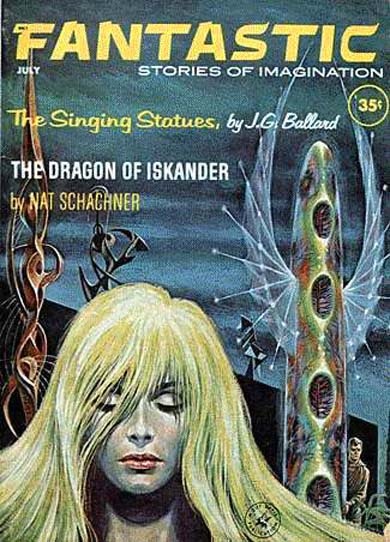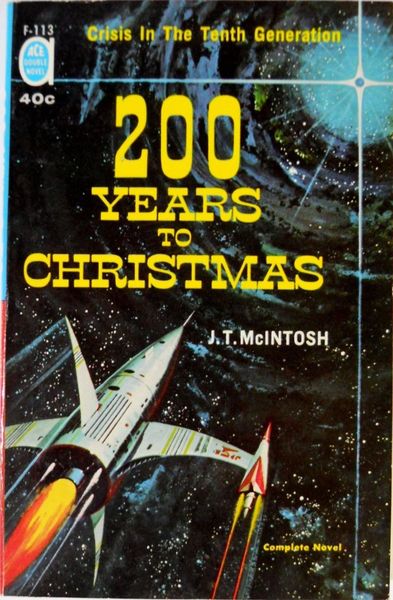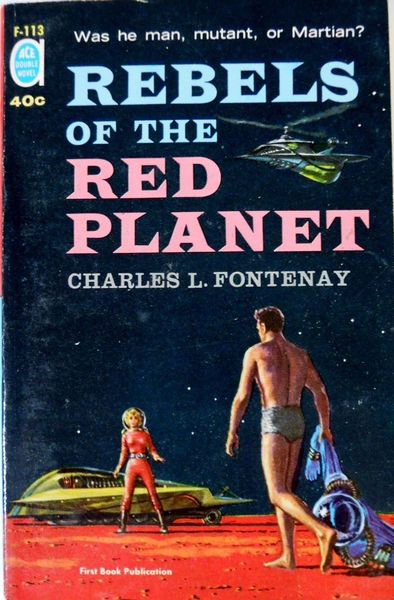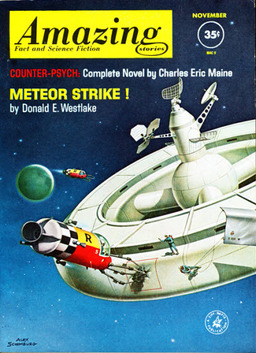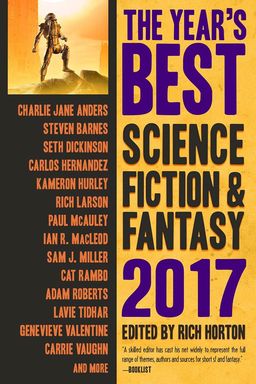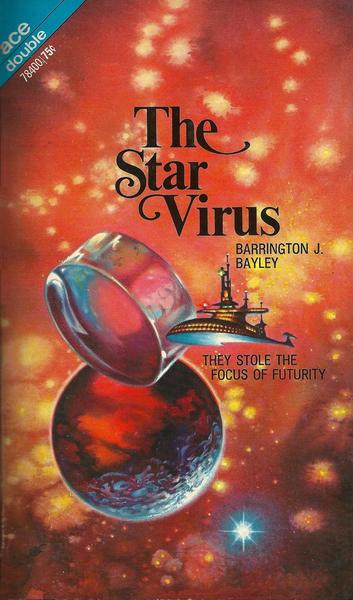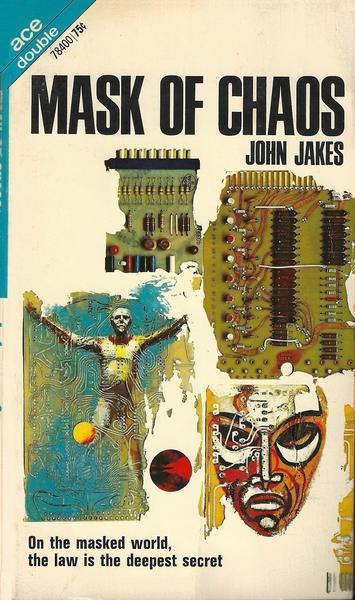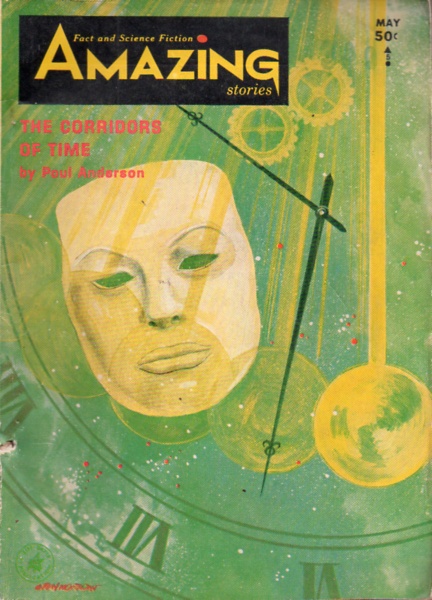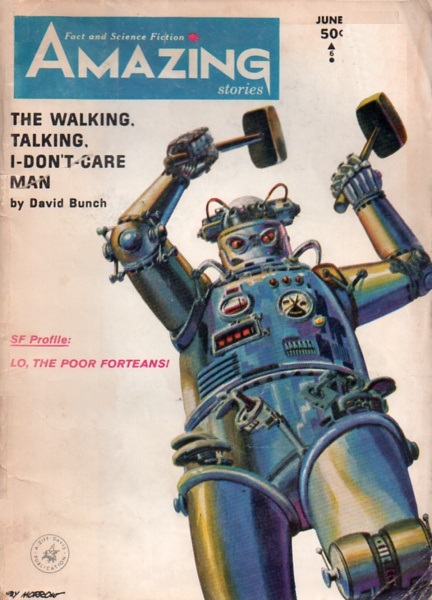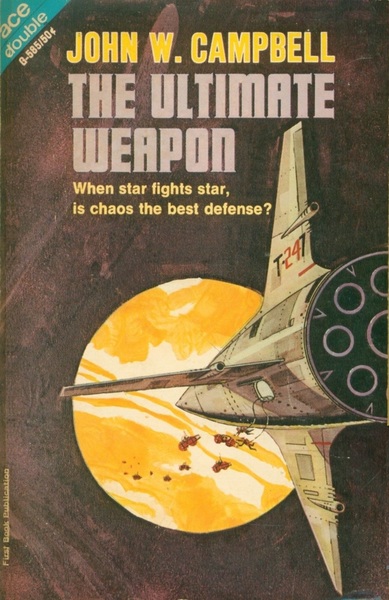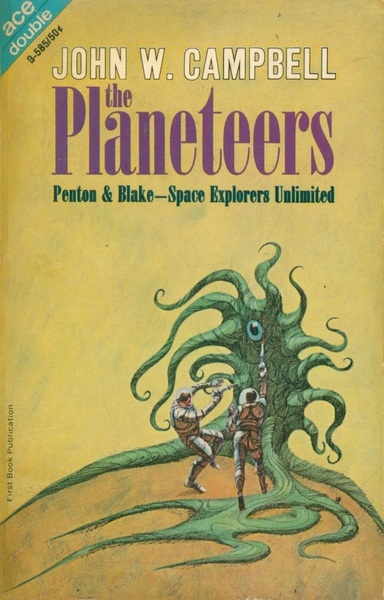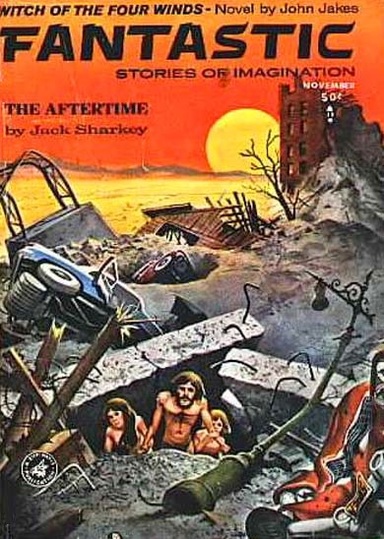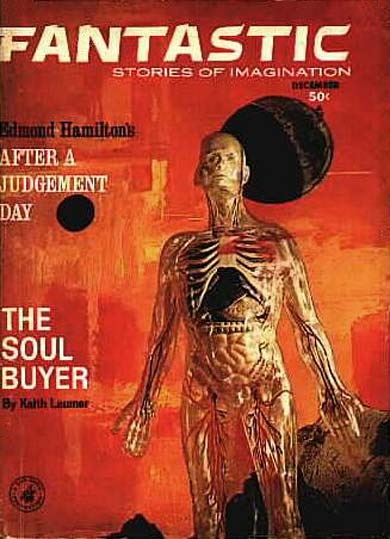Assassins, Mad Robots, and an Alien Hunt: Rich Horton on The Man With Nine Lives and A Touch of Infinity by Harlan Ellison
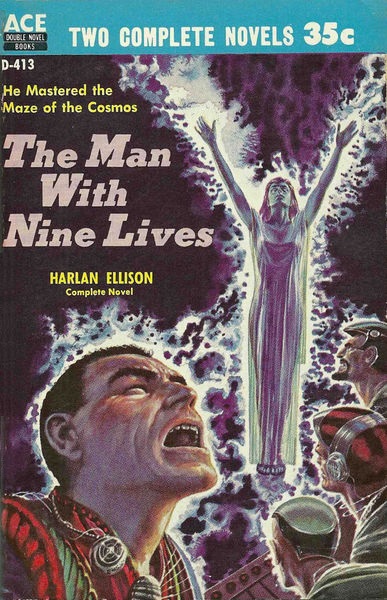 |
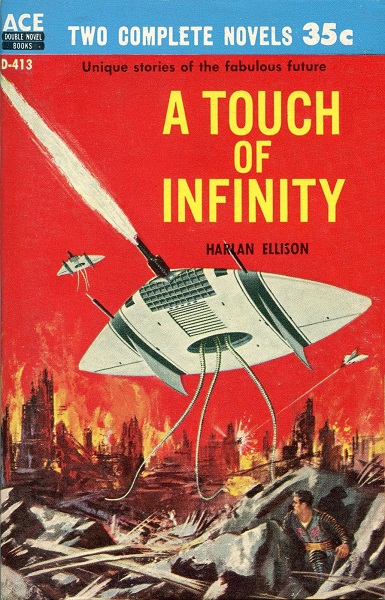 |
Back in the early days of the print version of Black Gate, our first Managing Editor, Dave Truesdale, wanted to bring in some big names to the magazine. So I paid a fortune to get a big novella from Michael Moorcock in our first issue, and I got a phone call from Harlan Ellison, whom Dave had contacted to commission a story.
We were paying six cents a word for fiction at the time, but Dave had coached me that Harlan expected to get paid more than that. “His rate is 13 cents a word,” Dave told me.
I was trying to launch a nationally-distributed magazine with my own money (and money I’d begged from friends and family), and paying that kind of money was not in my meager budget. But I grit my teeth and told Dave to go ahead and make the offer. I’d make up the difference with cuts elsewhere, I figured. Harlan agreed, and we were in business.
It’s a long way between an agreement and a completed story, however. Shortly after we made Harlan the offer, he sold a story to Hemispheres, the inflight magazine of United Airlines. They paid Harlan more than 13 cents a word — a lot more. When Harlan called it was to tell me, in considerable detail, just how much he’d been paid for that story.
